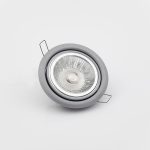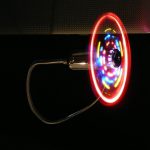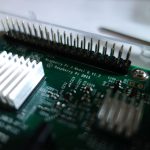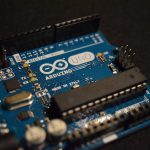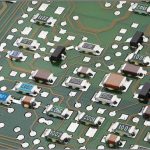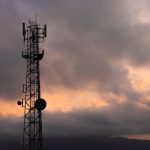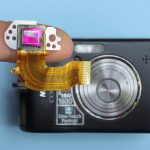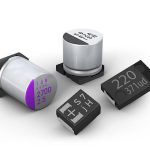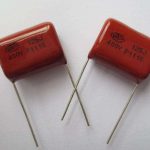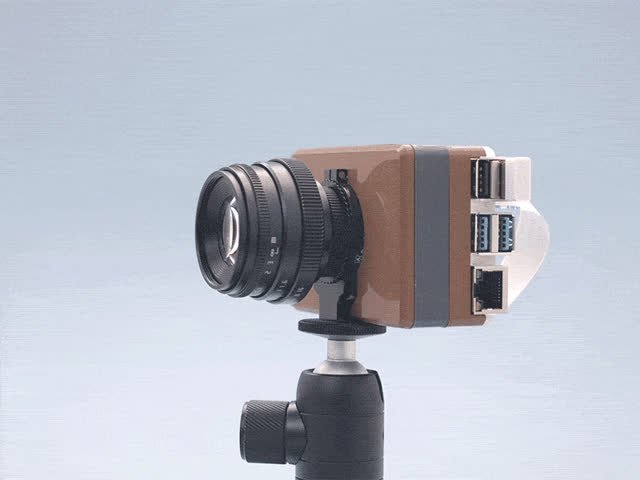
As the name refers, the Raspberry pi camera case is a screen or touch display that adds to the raspberry pi device. The cost of the Raspberry pi development board is low, but that’s just a skeleton.
The dimension of the pi screen is about 7 inches. It has a resolution of 800*480 pixels and has two connections.
The Sun Founder LCD Camera Case
The Sun Founder LCD camera case has a similar look and feels to the previous version. This screen works with most Raspberry pi development boards and is suitable for multimedia projects and portable devices.
If we want to have a larger screen, we must choose the 1080P resolution.
The AdaFruit LCD Camera Case
The AdaFruit screen is a fantastic choice for the Raspberry pi project. It is portable and has a resolution of 800*480P. It is also compatible with 1920*1080 pixels.
Adding an LCD screen is easy with the Pi show touch screen. They can directly attached to the Raspberry pi camera case and has no screens. It has its LCD driver, which allows it to operate without an additional power source. It also has an SPI interface. Some are available in multiple colors, such as white and black.
These touchscreens are great for Raspberry Pi-data logging applications and are lower operations.
Raspberry Pi Screen Kits
Many of the pi screen kits come with a built-in display. They are cheap and inexpensive. They made of materials and made of a variety of features. However, the screen is a great way to extend the capabilities of a Raspberry pi. This screen is for those who want to have a touch screen and take their project to the next level.
Resistive touch Camera Case
The most widely used technology is five-wire resistive touch technology. A resistive touch screen has a glass panel and a film screen separated by a narrow gap.
Surface Capacitive touch Camera Case
Surface Capacitive touch Camera Case is the commonly available type of touch screen. In this type, an electrode layer sits above the glass panel. It is then covered by a protective cover when a finger touches the screen; it responds according to the capacity of the human electrical body.
A transparent electrode layer sits on top of the glass panel in the surface touch screen. A cover then protects it. The working of these touch screens depends on the capacitance of the screen. When we touch the screen, we decrease the capacitance of the screen, which is detected by the capacitors. This decrease in capacitance allows the controller to determine the touchpoint.
The benefit of this screen is that it has better image resolution than resistive touch. It has sturdy screens and is a great hindrance to surface dirt and liquids. Moreover, it is resistant to scratching and is initiated by a touch of skin.
Projected Capacitive Touch Screen
Similar to the Raspberry pi camera case, it has two advantages. Firstly it can also be responsive to fingers that are covered with gloves. Secondly, it can respond to multiple fingers at once. A touch screen comprises a glass sheet with transparent electrode films and an integrated circuit chip.
It has similar advantages to a surface touch screen. It has excellent image clearance and is more resistant to dirt and scratches than a resistive touch screen.
The disadvantage of this touch screen is that it is sensitive to electromagnetic interference or RFI. Another disadvantage is that it must exposed with naked fingers as the screen does not make much sense compared to other types of screens.
Surface Acoustic Wave Touch Screen
This type of screen has piezoelectric transducers and receivers. These piezoelectric sensors are positioned on the side of screens to create a wave of ultrasonic on the surface.
When we touch any screen part, the wave gets absorbed—a piezoelectric receiving transducer to locate points and send this data to the computer.
The advantage of the SAW screen is similar to other screens. It has outstanding image clarity. It has better resistance than projected capacitance.
The cons are that it is not responsive to hard materials and water droplets on the screen’s surface.
Infrared touch screen
Infrared screens don’t have layovers or transparent sheets on them. Instead, they have emitters and receivers, which create an invisible rectangular block across the screen. When we touch the screen, it interrupts the visibility of the screen. Thus, the coordinates are sent to the controller.
Conclusion
In conclusion, this article discussed Raspberry pi screens, the best brands of touch screens, and the different types of touch screens based on their sensitivity or touch.






